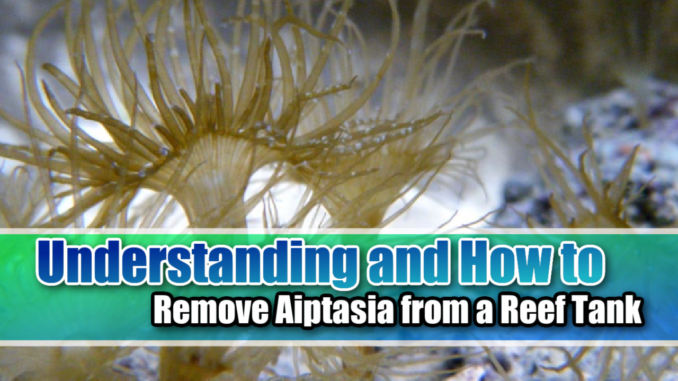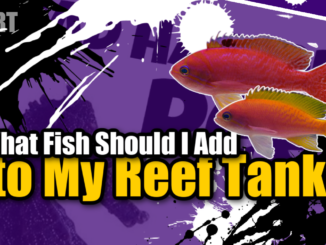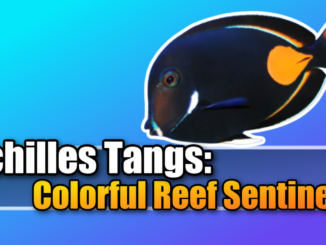
Aiptasia, also known as “glass anemones” or “rock anemones,” are small, often unwanted cnidarians that belong to the family Aiptasiidae. These creatures are typically found in marine environments, especially in reef aquariums and on rocky or coral substrates in the ocean. While they may appear innocuous due to their small size, Aiptasia can be a nuisance for reef enthusiasts and aquarists because they are considered pests.
Here are some key characteristics and information about Aiptasia:
Aiptasia’s Appearance: Aiptasia anemones are typically small, with a cylindrical body and long, slender tentacles. They come in various colors, including brown, green, translucent, and even fluorescent shades, making them blend in with their surroundings.
Aiptasia Habitat: Aiptasia anemones are commonly found in the crevices of rocks, on corals, or attached to substrates on the ocean floor. They are especially prevalent in tropical and subtropical marine environments.
Aiptasia Reproduction: Aiptasia reproduce both sexually and asexually. They can release eggs and sperm into the water for sexual reproduction, resulting in the formation of planula larvae that eventually settle and grow into new anemones. Aiptasia can also reproduce through pedal laceration, where a portion of their base breaks off and forms a new individual.
Aiptasia Feeding: Aiptasia are carnivorous and use their stinging tentacles to capture small prey, such as zooplankton and tiny crustaceans. They possess specialized cells called nematocysts, which release venomous barbs to immobilize and subdue their prey.
Aiptasia in Aquariums: Aiptasia are considered pests in reef aquariums because they can multiply rapidly and sting and harm other coral species. Their aggressive nature can lead to them outcompeting desirable corals for space and resources, causing damage to the overall health and aesthetics of the aquarium.
Aiptasia Control and Removal:
Controlling and removing Aiptasia anemones from a reef aquarium can be a challenging task because they reproduce quickly and have a tendency to regrow from small fragments. Here are some more details on various methods and strategies used by aquarists to manage Aiptasia infestations:
Physical Removal:
- Manual Removal: This method involves physically removing Aiptasia by gently prying them off rocks or substrate using tools like tweezers or a toothpick. Care must be taken not to rupture the anemone, as this can lead to the release of more planula larvae.
- Siphoning: Some aquarists use a siphon to vacuum up Aiptasia from the aquarium substrate. This method can be effective for smaller infestations.
Chemical Solutions:
- Lemon Juice: Injecting freshly squeezed lemon juice directly into the Aiptasia’s oral disc is a common DIY method. The citric acid in the lemon juice can harm the anemone’s tissues and lead to its eventual demise. USE WITH CAUTION.
- Kalkwasser (Calcium Hydroxide) Paste: A paste made from calcium hydroxide (kalkwasser) mixed with a small amount of water can be applied to the Aiptasia’s oral disc. The high pH of the kalkwasser can be lethal to the anemone.
Commercial Products:
- There are various commercial products designed specifically for Aiptasia control and elimination. These products often contain a chemical solution that can be applied directly to the anemone. Examples include Aiptasia-X, Joe’s Juice, and Red Sea Aiptasia-X. These products are generally safe for the aquarium when used according to instructions.
Natural Predators:
- Some reef aquarium hobbyists introduce natural predators that feed on Aiptasia. For example, Copperband butterflyfish, peppermint shrimp, and aiptasia eating nudibranchs. However, introducing predators can be risky, as they may also prey on other desirable inhabitants of the aquarium.
Biological Controls:
- Aiptasia-Eating Filefish (Acreichthys tomentosus): This species of filefish is known to consume Aiptasia but can . However, care should still be taken to ensure the filefish has enough food and is compatible with other tank inhabitants.
Preventative Measures:
- Quarantine New Additions: Quarantining new corals, live rock, or other additions to the aquarium can help prevent Aiptasia from entering the tank in the first place.
- Regular Maintenance: Maintaining good water quality, stable conditions, and proper husbandry practices can help reduce stress on corals and make them less susceptible to Aiptasia infestations.
It’s important to note that some methods, such as manual removal and chemical solutions, require careful and precise execution to avoid causing harm to other organisms in the aquarium. Additionally, addressing the underlying issues that may contribute to Aiptasia outbreaks, such as fluctuations in water quality, can help prevent future infestations.
Aquarists should research and choose the method that best suits their specific situation and be diligent in monitoring their aquarium to catch and address Aiptasia infestations early.
In summary, Aiptasia anemones are small marine creatures that can become problematic in reef aquariums and natural marine environments due to their rapid reproduction and aggressive behavior. Aquarists and reef enthusiasts often take measures to control or eliminate these pests to maintain the health and beauty of their underwater ecosystems.




